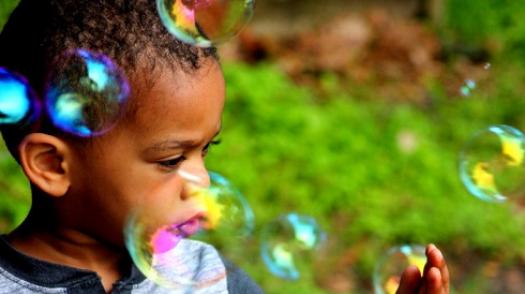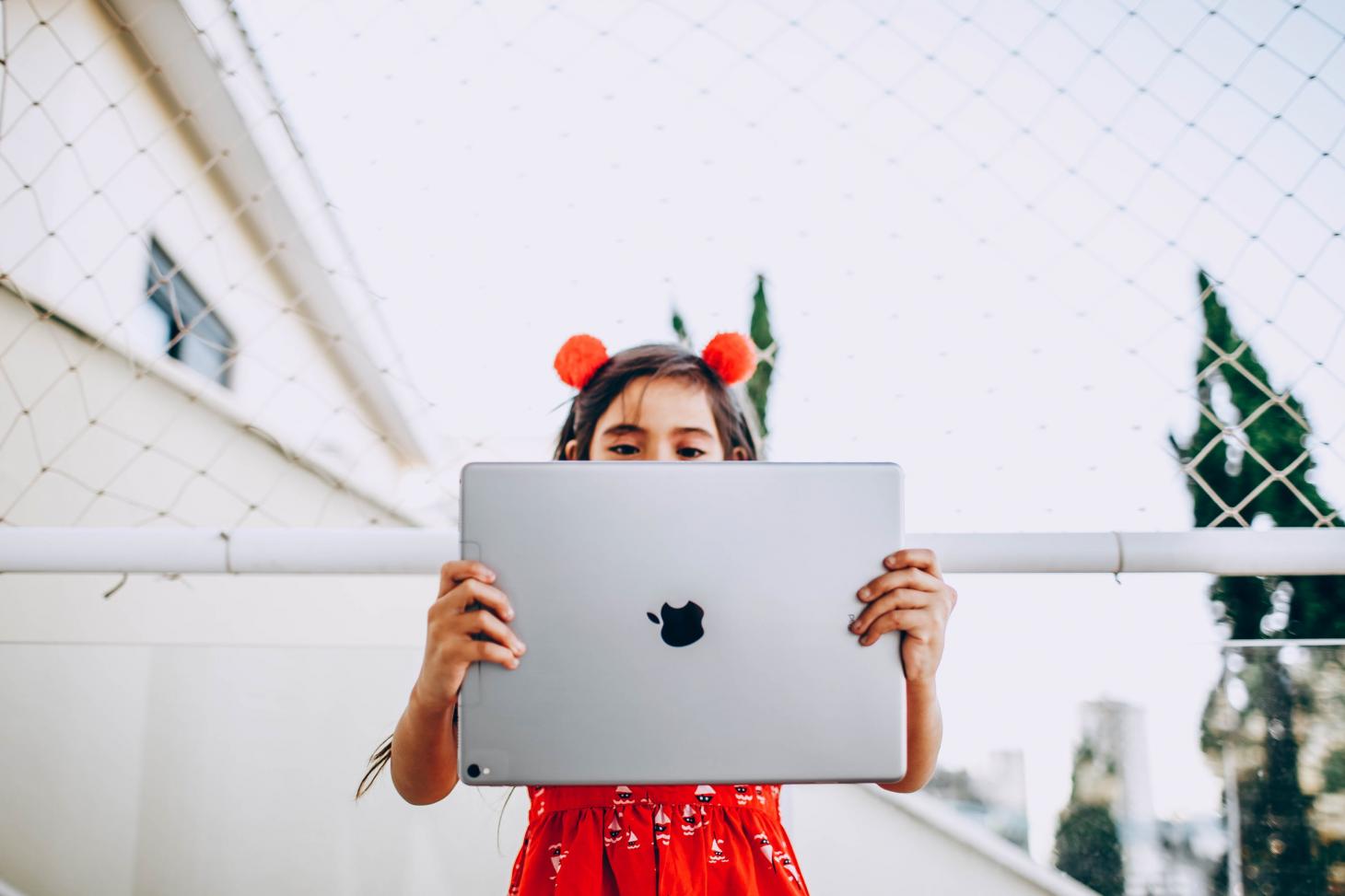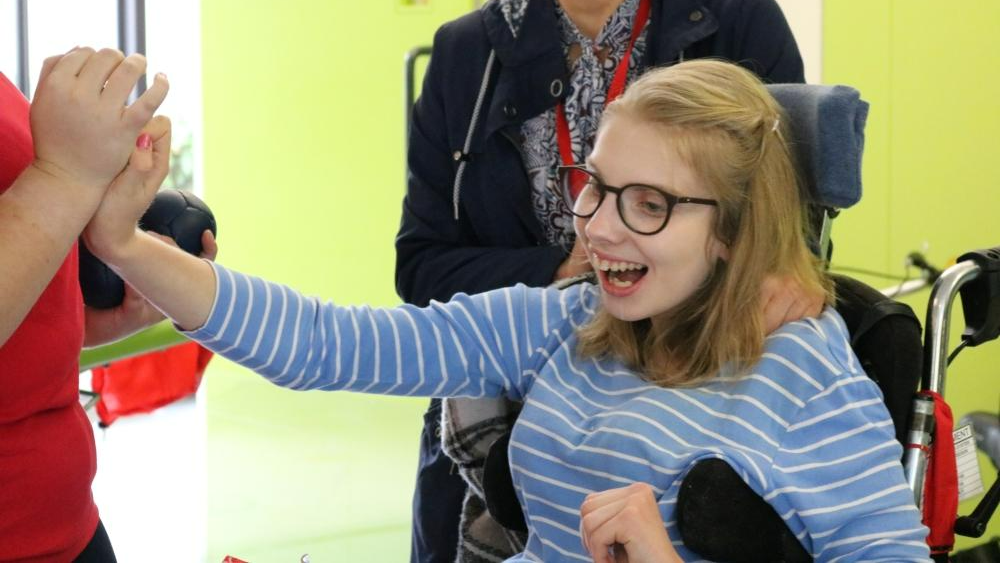
Top tech for children with disabilities
Therapist Amy gives us some inspiring adaptive tech ideas that are great for birthdays and Christmas.
There are many ways photography can help young children with an acquired brain injury. Amy Wright, Advanced Practitioner – Assistive Technology, shares ways it has been used at The Children’s Trust.

“iPad photography is so versatile for early years children! They get a lot of joy from connecting with other people and the world around them,” says Amy Wright, The Children’s Trust’s Advanced Practitioner – Assistive Technology.
iPad photography can encourage children to interact and communicate with each other, as well as understanding technology. And the nature of the iPad camera function – simple to use and displayed on a large screen – makes it accessible for any child to play with.
Below are six fun activity ideas incorporating iPad photography. We hope you enjoy trying them out:
Create a DIY photobooth with props, backdrops and costumes for children to choose from and use the iPad camera to capture some brilliant selfies. Encourage children to change the scenery, costumes and camera filters to create different photos, and they could even use this to tell a story through the pictures.
“At The Children’s Trust, photobooths have been brilliant fun and got smiles and laughter from staff and young people alike!”, says Amy.
This can incorporate using the iPad with exploring the outdoors. Set up clues for a mystery visitor, such as a favourite storybook character or a mythical creature. This could include footprints in mud, dropped feathers or clumps of fur, or some leftover crumbs to indicate a favourite food.
Children can then explore and take photos of each clue and use this to work out the identity of their mystery guest.
Zog the Dragon is apparently a frequent visitor to The Children’s Trust and leaves lots of clues around the grounds for young people to find!
Hold a friendly competition for best photograph and choose categories for any theme – maybe it’s the best pet photo, scariest photo or a snapshot of nature? You could set a decreasing time limit for each round to up the ante!
Amy says: “An activity like this gives young people the opportunity for spontaneous communication and sharing their photography ideas can be a real mood booster.”
Children can document their day’s activities or class trips by taking photos on the iPad. Young people at The Children’s Trust enjoy various visits and enrichment activities throughout the year, and often use the iPad to record special events and visitors on site.
An activity like this can help to orientate children with cognitive difficulties so they can better understand what’s happening in the world around them, for example documenting a birthday party or Christmas celebration. Looking back at the photos later on may also help them to recall the day’s events.
Amy says: “Light painting is always a winner with children. If you have a very dark room – a cupboard will do – and a few torches, your pre-schoolers can create some amazing images!”
Turn off the flash and set the iPad camera to a night setting (even better if there’s a ‘with tripod’ option). This should enable children to take photos with the shutter open for up to three seconds. One or two children can wave around a light, such as a torch, colourful glowstick or small LED torch, while another takes a photo.
The contrast of the lights in the dark room makes for a real wow moment! It doesn’t matter if the photographer doesn’t hold the iPad still either, as there’s lots of movement in the photos anyway.
Amy has been inspired by this Enabling Environments blog about storytelling through photography and drawing tools. Ideas include children taking photos with the iPad camera and editing them with a drawing tool to add in characters, structures or background details.
We hope you enjoy trying these activities at home!

Therapist Amy gives us some inspiring adaptive tech ideas that are great for birthdays and Christmas.

Amy from The Children’s Trust tells us how apps can help and we share 16 apps that are especially helpful.

We offer a range of residential brain injury rehabilitation services for children and young people with acquired brain injury (ABI).